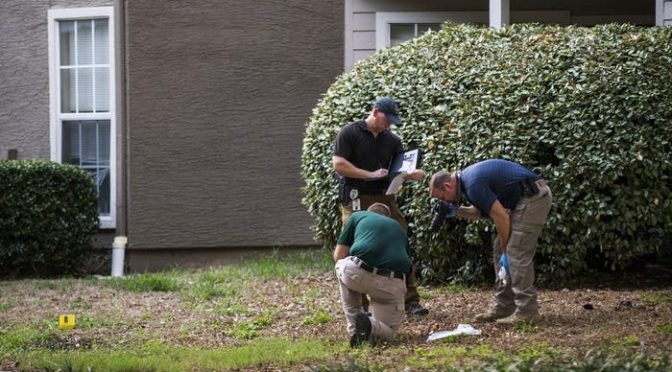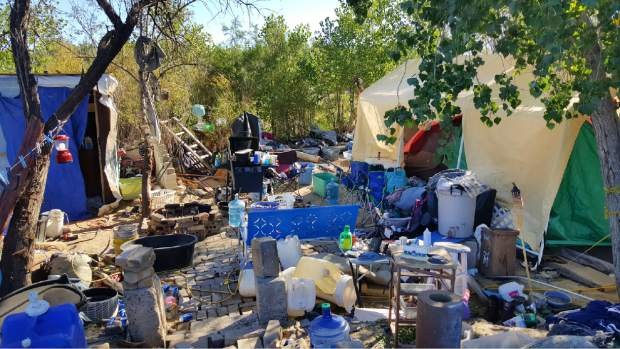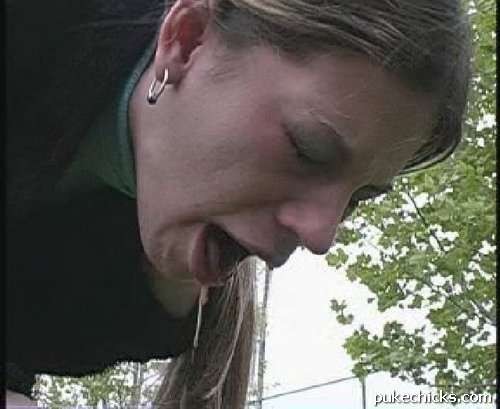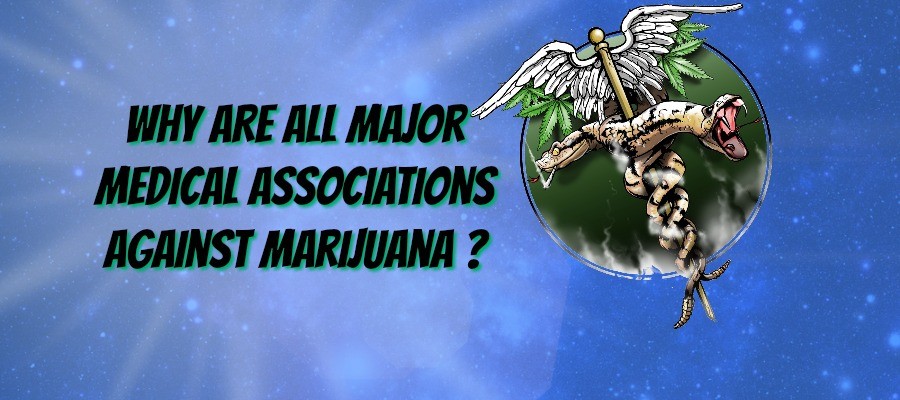A Texas man fatally stabbed his 16-month-old son, yelling “Jesus is coming,” in Lewisville, outside of Dallas, on August 19. Authorities say 27-year-old Blair Ness is charged in the death of his toddler son Ashton Ness.
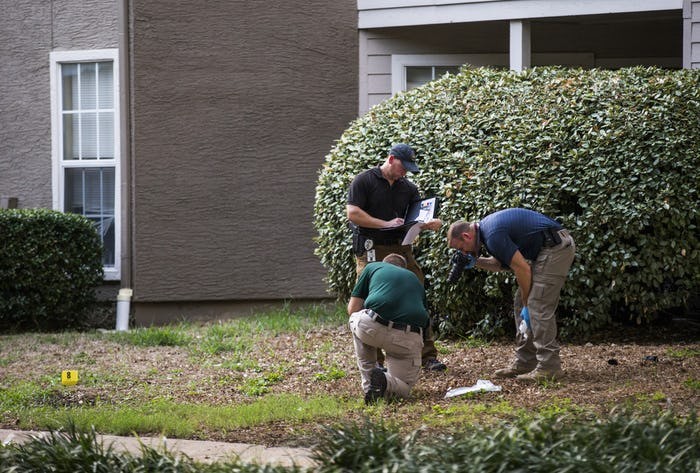
Police say they found “fresh burnt marijuana as well as a haze of smoke in the apartment,” and blood in multiple areas of the apartment. Ness started his attack inside and then continued outside in a courtyard. A neighbor shot the father in his leg to stop the killing.
The man told police, “I know everyone’s mad, I’m mad. I killed my son.” A caller to 911 expresses the disbelief and absurdity of the situation. We send our condolences to the mother and the family.

The incident suggests a marijuana-induced psychosis, a problem that figures in about 10% of the child abuse deaths Parents Opposed to Pot has tracked.
In Vermont last year, a father – in the midst of psychosis — jumped four stories with his 6-year-old son. Anxious and suicidal, Tyler Denning had been smoking marijuana that morning, and claimed that God made him do it. Fortunately, both father and son survived.
Death Highlights Cannabis’ role in Texas child-abuse death
In March, Texas released its report on child abuse deaths, finding half the 172 child abuse deaths in 2017 coupled with substance abuse. Marijuana was the most-used substance connected to child abuse and neglect deaths, followed by alcohol, cocaine and methamphetamine. In one terrible case last year, Cynthia Randolph left her 1-year old and 2-year-old in the car while she smoked pot. Both children died.
According to the report, of the deaths caused by parent or caregiver substance abuse, 56 used marijuana; 23 used alcohol; 16 involved cocaine; 14 were linked to methamphetamine, 2 involved opiates and 1 was connected to heroin. Many abusers were co-abusing substances, such as combining marijuana and cocaine.
In 2017, Arizona also published a report showing that marijuana was the substance most often linked to child abuse deaths in 2016.
When will the public wake up?
Those who say that marijuana makes people calm misunderstand how cannabis works on their brain. People who advocate for “responsible” use of marijuana need to cut out the delusion and misrepresentation. Popular magazines such as Oprah, Allure and Cosmopolitan present marijuana use as glamorous or at the cutting edge of our culture. A California company MedMen, aka The Mad Men of Marijuana, aggressively tries to rebrand the stoner image.
In Atlantic Magazine last week, Annie Lowrey wrote an article exposing the truth about marijuana addiction. While the author tells the truth about addiction, she opines that marijuana is relatively benign compared to alcohol and tobacco. She may be basing her belief on old information, when 3 or 4% of the population used weed, vs. 65% using alcohol. Marijuana is far more toxic to the brain than tobacco.
Meanwhile, our country focuses on opiate addiction, instead of poly-drug abuse.
In Pennsylvania, a child died because her mom gave her a drink laced with fentanyl and then smoked marijuana. Although the fentanyl killed the girl, the mom’s marijuana use is loosely related to the death.

